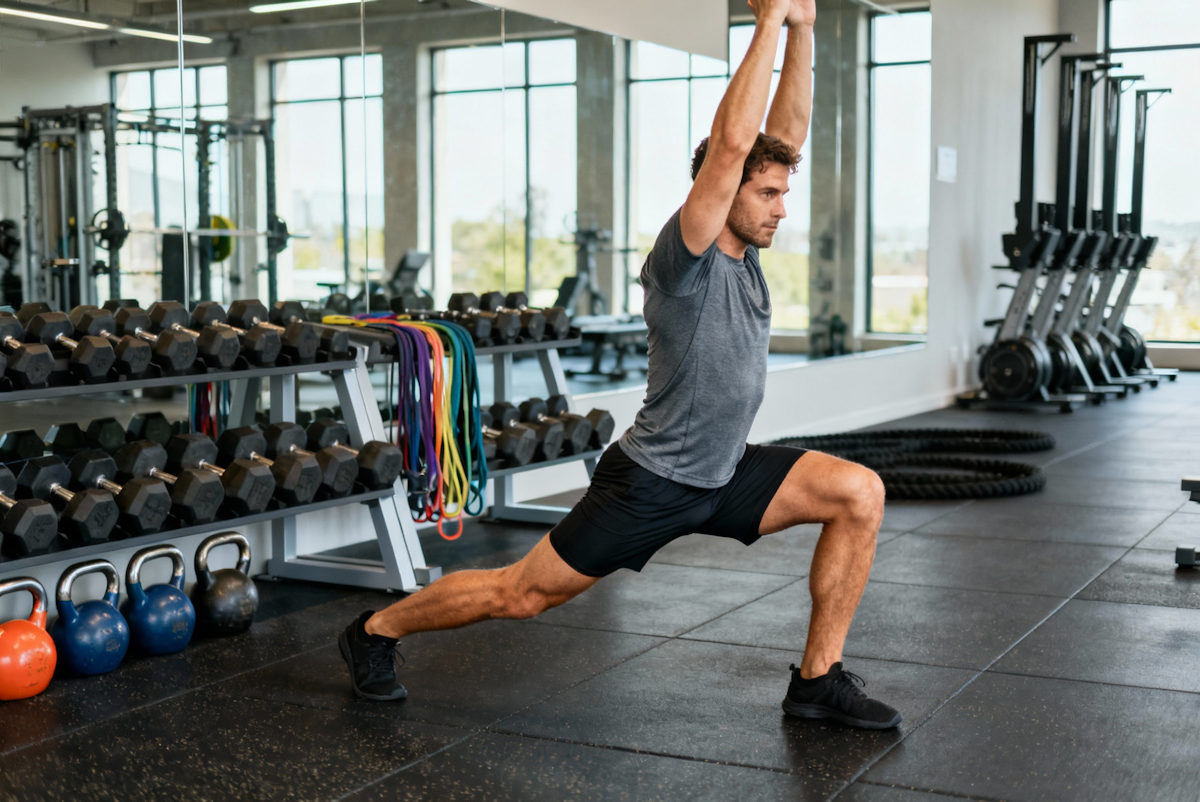Mobility Training for Injury Prevention: Building a Foundation for Lifelong Movement
Introduction
Mobility is more than flexibility, it’s the ability to move freely and efficiently through your full range of motion with control and strength. Whether you’re skiing at Cypress, running along the Seawall, or just bending to tie your shoes, mobility underpins every movement your body performs.
Yet, in a world of long sitting hours and repetitive movement patterns, mobility often declines. This loss can increase strain on joints, muscles, and connective tissue, leading to injury. Mobility training helps restore balanced movement, reduce pain, and support lifelong function.
Understanding Mobility vs. Flexibility
Flexibility refers to how far a muscle can passively stretch, while mobility involves the active control of that movement. Someone might have flexible hamstrings but lack the hip or core stability needed to use that range safely.
Mobility is best developed through dynamic, strength-based movements rather than static stretching alone. These controlled movements improve joint integrity and neuromuscular coordination, key for injury prevention.
Why Mobility Matters for Injury Prevention
Mobility affects how forces are distributed across your joints. When one area lacks movement, another often compensates, leading to overuse or strain. For example:
Limited ankle mobility increases stress on the knees.
Tight hips can overload the lower back.
Poor shoulder mobility may strain the rotator cuff or neck.
Improving mobility enhances joint alignment, tissue elasticity, and coordination, all of which reduce the risk of both acute injuries and chronic pain.
Multiple studies across different sport disciplines have reported that athletes who performed mobility and movement-prep programs had lower injury rates and faster recovery compared to those who didn’t.
The Science Behind Mobility Gains
Mobility training influences several key systems:
Neuromuscular system: improves motor control, helping muscles fire efficiently and stabilize joints.
Myofascial system: releases adhesions in the fascia, allowing smoother tissue glide.
Joint capsules and ligaments: gradual load exposure increases resilience to stress.
Circulatory and lymphatic systems: dynamic motion improves nutrient delivery and reduces stiffness.
These adaptations not only reduce injury risk but also enhance performance, posture, and daily movement quality.
Key Areas to Target
Common areas that benefit from focused mobility work include:
Hips: support lower back and knee alignment.
Thoracic spine: improves posture and shoulder mechanics.
Ankles: essential for balance and efficient gait.
Shoulders: enhances lifting and upper-body movement control.
Each of these areas connects to others through movement chains. Addressing one limitation often improves multiple patterns across the body.
Evidence-Based Mobility Techniques
1. Controlled Articular Rotations (CARs)
These slow, intentional joint rotations train end-range control and joint capsule health. CARs improve proprioception and motor control.
2. Dynamic Stretching
Integrating movement, such as leg swings or arm circles, prepares tissues for activity and improves coordination.
3. Strength Through Range
Exercises like deep split squats or Jefferson curls strengthen muscles while lengthened, increasing usable flexibility and resilience.
4. Foam Rolling and Myofascial Release
Light rolling before mobility work improves tissue pliability and reduces neural tension.
5. End-Range Isometrics
Holding contractions at end ranges enhances stability and control, essential for long-term injury prevention.
Integrating Mobility Into Daily Life
Consistency is more important than intensity. A few minutes of targeted mobility work before training, after sitting, or at the start of the day can make a measurable difference.
Practical tips:
Pair mobility with habits (e.g., 3 minutes before your morning coffee).
Focus on one or two regions that commonly feel restricted.
Use mobility work as an “active recovery” tool on lighter training days.
Small, daily doses of movement compound into long-term gains in resilience and comfort.
The Long-Term Benefits
Improved mobility translates to:
Fewer soft-tissue injuries and joint strains
Better performance in both sport and daily life
Enhanced posture and movement efficiency
Greater confidence in motion
Mobility-focused interventions significantly reduced musculoskeletal injuries in both athletes and general populations, particularly when combined with strength and balance training.
Moving Forward
Mobility isn’t about pushing limits. It’s about restoring the body’s ability to move the way it was designed to. By prioritizing mobility, you lay the foundation for efficient movement, better strength development, and long-term joint health.
Whether your goal is to stay active, recover from pain, or prevent future injuries, mobility training is one of the simplest, most effective investments in your physical wellbeing.

